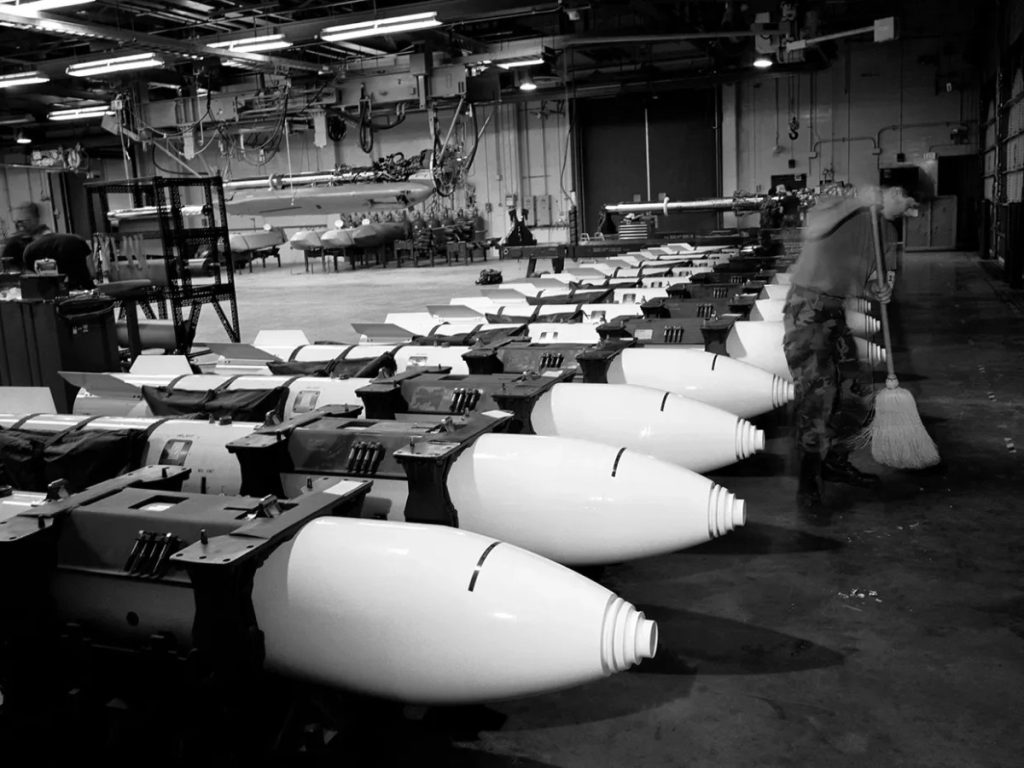
The world is still threatened by nuclear threats, and their threats are as close today as they have ever been. Today, there are said to be more than twelve thousand nuclear bombs scattered around the world, with the majority being owned by America and Russia. They collectively owned hundreds of functional weapons, with many more stored in reserve or in the process of dismantling.

The other countries have also built up stocks of various sizes, from the long-established European nuclear powers down to India, Pakistan, Israel, and North Korea. Each for a different motive possesses the weapons—some anticipating that someone will hit them, others as a way of asserting power, or living in a bad neighborhood. Leaders regard them as their penultimate policy of insurance, cover against exposure, but the cost of keeping them is astronomical. The nuclear reality is fluid.

The climate has progressed from the frozen Cold War standoff to something even more complex and obtuse. There are several states that are modernizing delivery systems and creating new capabilities. Adversaries such as India and Pakistan keep the arms race ongoing through their enmity, as does North Korea by continually developing in testing, and developing its weapons stockpile. Iran stands poised on the brink of constructing a bomb within relatively short periods of time if it were to venture into that forbidden space.

Most of this is not merely driven by military requirements but by politics, insecurity, and worst-case assumptions. Anxieties and distrust of regime transition rule out compromise, and arms control accords that once promised stability either evaporated or disintegrated. The result is an environment in which growth is stress-producing instead of relief-producing. Few areas show this danger so readily as the Middle East.

The current conflict between Iran and Israel demonstrates how easily escalation can spiral out of bounds for all concerned. Iran has not yet developed a nuclear bomb, but it is capable of producing one very quickly, and experts across the globe warn that the time window could be weeks. Israel has experience attacking prospective nuclear sites before they are operational, however, and its propensity to fight pre-emptively is not something to be ignored.

Escalating the conflict with Hezbollah serves only to fuel the flames, as incursions move across the border more frequently and in larger numbers. Ballistic missiles are now actually striking within Israel proper, increasing the stakes for the region as a whole. The threat of a great war between bordering states hangs over the region, and if nuclear war were on the table, the cost would be calamitous. New technologies are disturbing nuclear math in ways that make crises more likely to surprise us.

Hypersonic missiles with the ability to travel at speeds heretofore unimaginable and make turns in flight in the mid-course phase reduce warning time and confuse missile defense. Their emergence is unseemly because they nullify the ability of potential adversaries to guess risks or respond in time. Beyond this, directed-energy technology such as high-power lasers promises light-speed defensive missiles.

Though these might ultimately destroy invading drones or missiles, they also raise new strategic and ethical issues. With each technological advance, more unpredictability is added to an already highly volatile security environment. The nuclear weapons-free world is a moral imperative, but never so close at hand.

Those who organize against disarmament believe that the limelight must be shifted away from the plain arithmetic of warheads toward facing the political considerations that drive countries toward maintaining them. Mutual vulnerability, avoidance of destabilizing competition in missile defense, and elimination of redundant arsenals are all steps that can temper the spiral of buildups. But they are political rather than technological barriers.

The politicians are afraid of the home value of compromise, and entrenched defense industries gain from constant expansion. Additionally, it is within the climate of polarized distrust that the appetite to reduce is not there. New concerns regarding nuclear danger in the new age are not how large the arsenals are but the volatile political landscape upon which they rest.

Misjudgment, mishap, or conscious goading are all dangers, and the price of any one of them would be disastrous. The issue isn’t so much a weapon question as it is one of human choice, anxiety, and competition. The stakes are vast, and whether the world will keep going down the path toward restraint or more competition will depend on what happens in the next two years.


